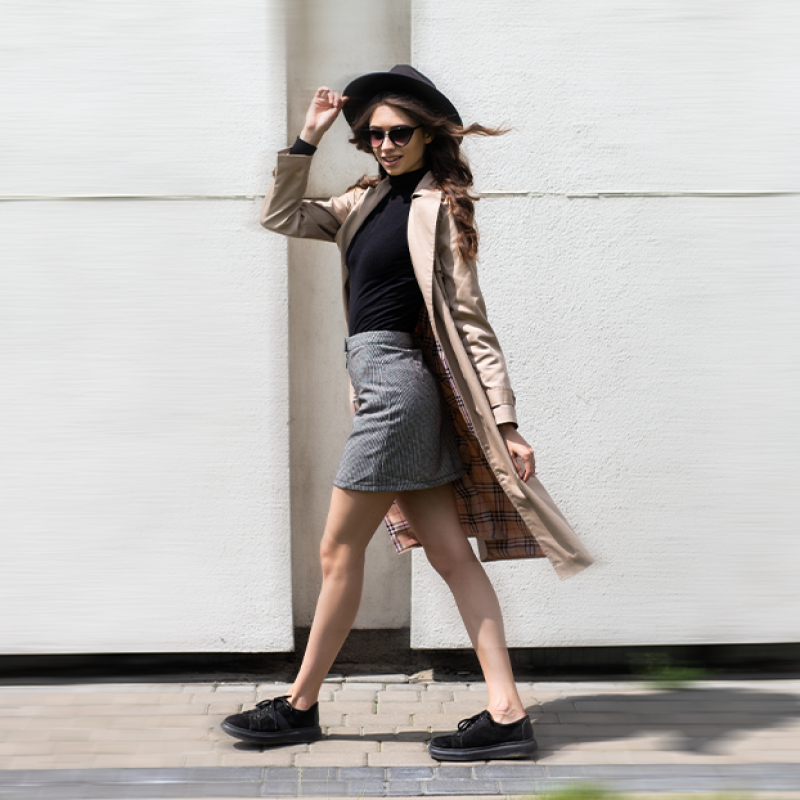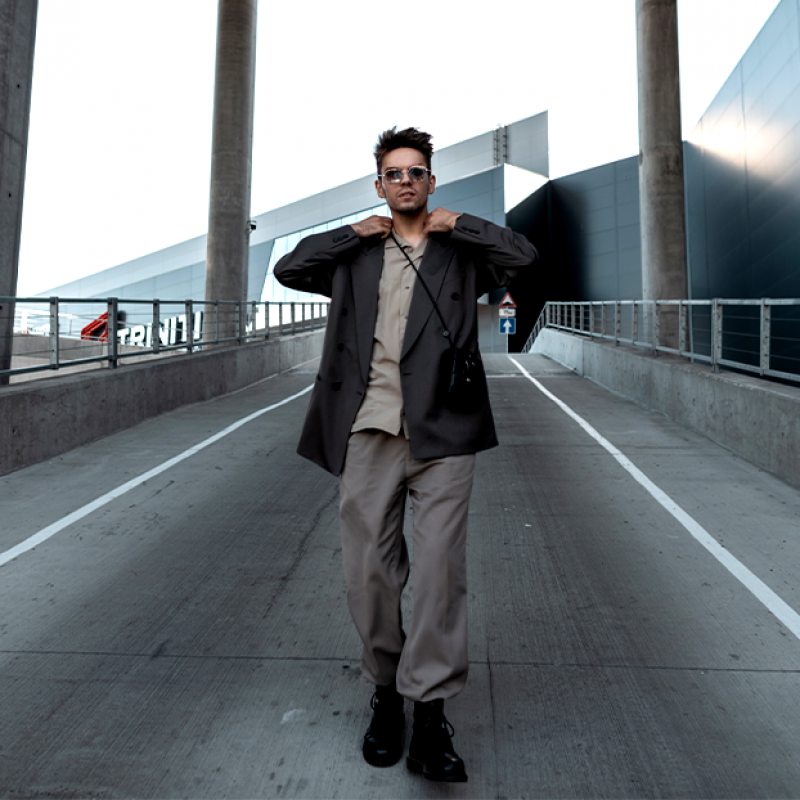Fashion isn’t just seen—it’s heard. Every garment makes a sound, and that sound becomes part of the atmosphere it creates. The swish of a silk dress, the crisp rustle of taffeta, or the muffled hush of heavy cotton can add an invisible texture to how an outfit feels in motion. For both men and women, especially when it comes to dresses, fabric sound plays a subtle but powerful role in storytelling.
1. The Whisper of Fabric in Motion
Lightweight fabrics like chiffon, silk, or georgette barely make a sound. They glide through space with a ghost-like presence, leaving only a whisper behind. For women, a bias-cut silk dress that brushes against the legs creates a feeling of fluidity—its near-silent movement adds softness to the atmosphere. For men, flowy tunic-style dresses in light crepe echo the same softness, offering a quiet elegance that complements minimal, graceful silhouettes.
2. The Drama of Rustle and Rasp
Some fabrics demand to be heard. Taffeta, organza, and crisp poplin crackle with movement. They bring an audible texture to every step. A woman’s structured evening dress in taffeta doesn't just turn heads with its shape—it announces her entrance. For men, a shirt dress cut from structured cotton or nylon can rustle with every shift, giving the outfit a cinematic quality. The sound amplifies presence—an auditory reminder of form and structure.
3. Silence as Strength
Then there’s the deliberate stillness of dense, matte fabrics. Wool, heavy jersey, and felt-like materials absorb sound rather than project it. They bring weight and gravitas to a look. For women, a thick wool dress that moves without a whisper creates a sense of grounded strength. For men, a dress in heavy cotton twill or canvas offers a muted, solid presence—no swish, no rustle, just quiet power. Silence, in this case, is a design choice.
4. Layered Soundscapes
Combining fabrics is like composing a score. A sheer outer layer over a structured inner one can produce two sounds—glide and crackle, softness and resistance. For women, a sheer overdress worn atop a tailored base shifts air differently and creates a dual sensory experience. For men, a layered dress with a soft top and stiff base allows for interplay between sound and silence. The rhythm of movement becomes multidimensional.
5. Sound as Emotional Texture
What you wear can change the emotional tone of a room—not just visually, but audibly. A swaying hem that whispers across the floor might evoke mystery or grace. A rustling skirt might communicate playfulness or energy. A still, soundless silhouette might radiate control. For both men and women, dresses that consider the sound of the fabric in motion add an unseen layer to self-expression.
Conclusion
Clothes don’t speak in words, but they speak nonetheless. Sound—often overlooked in fashion—is a quiet architect of atmosphere. Whether sharp and commanding or soft and serene, the way a dress moves through air changes how it’s perceived. For men and women alike, fabric is more than a material—it’s a voice, shaping the story your presence tells.





